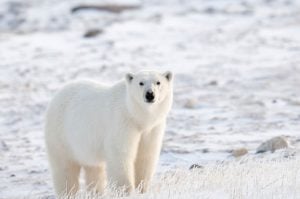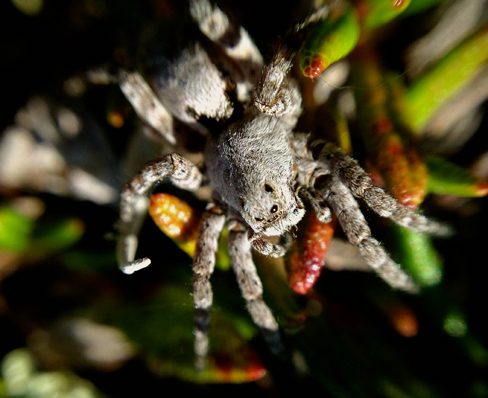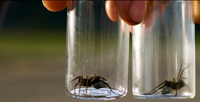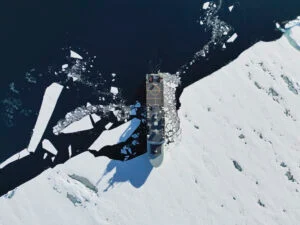For biologist Christopher Buddle of Montreal’s McGill University, heaven is a patch of warm tundra on a bright summer day. “When conditions are suitable for insect activity it’s just a bonanza up there,” marvels Buddle, who just completed a three-year, 12-site survey of arthropods in Canada’s Arctic, Subarctic and northern boreal regions. “You have these 24-hour days where the small critters are doing their thing, and it’s extraordinary to see. Nothing matches the Arctic in terms of productivity on a spring or summer day.”
While megafauna such as polar bears, muskox and caribou are icons of Arctic wildlife, Buddle notes that it’s actually insects, mites and spiders that dominate northern biodiversity. Each year, during the compressed growing season between spring thaw and fall freeze-up, thousands of such arthropod species play out their short lives in a frenzy of activity. Biologists have long known of this bounty, but the 2010-2013 survey — jointly conducted by McGill and the Royal Ontario Museum — still managed to surprise. It tallied more than 300 distinct species of spiders, some living — and surviving winter — in the northern High Arctic.
The researchers made another, less welcome, discovery, too. Likely due to the effects of global warming, blackflies have expanded their range northward. “The human-biting blackfly is a real nuisance, so discovering them on some of the Arctic islands is an important finding for the people who live up there,” says Buddle.
Nuisances aside, all that activity in the patch of warm tundra is crucial to the Arctic ecosystem. Arthropods feed birds, pollinate flowers and recycle organic matter. How is change affecting them — and how are they changing their environment? Buddle is helping find the answers. “We’re in a grand experiment right now with climate change,” he says, “and we’re going to have to wait a while to see what the full consequences are.”
This is the latest in a continuing blog series on polar issues and research presented by
Canadian Geographic in partnership with the Canadian Polar Commission. The polar blog will appear online every two weeks, and select blog posts will be featured in upcoming issues. For more information on the Canadian Polar Commission, visit
polarcom.gc.ca.








